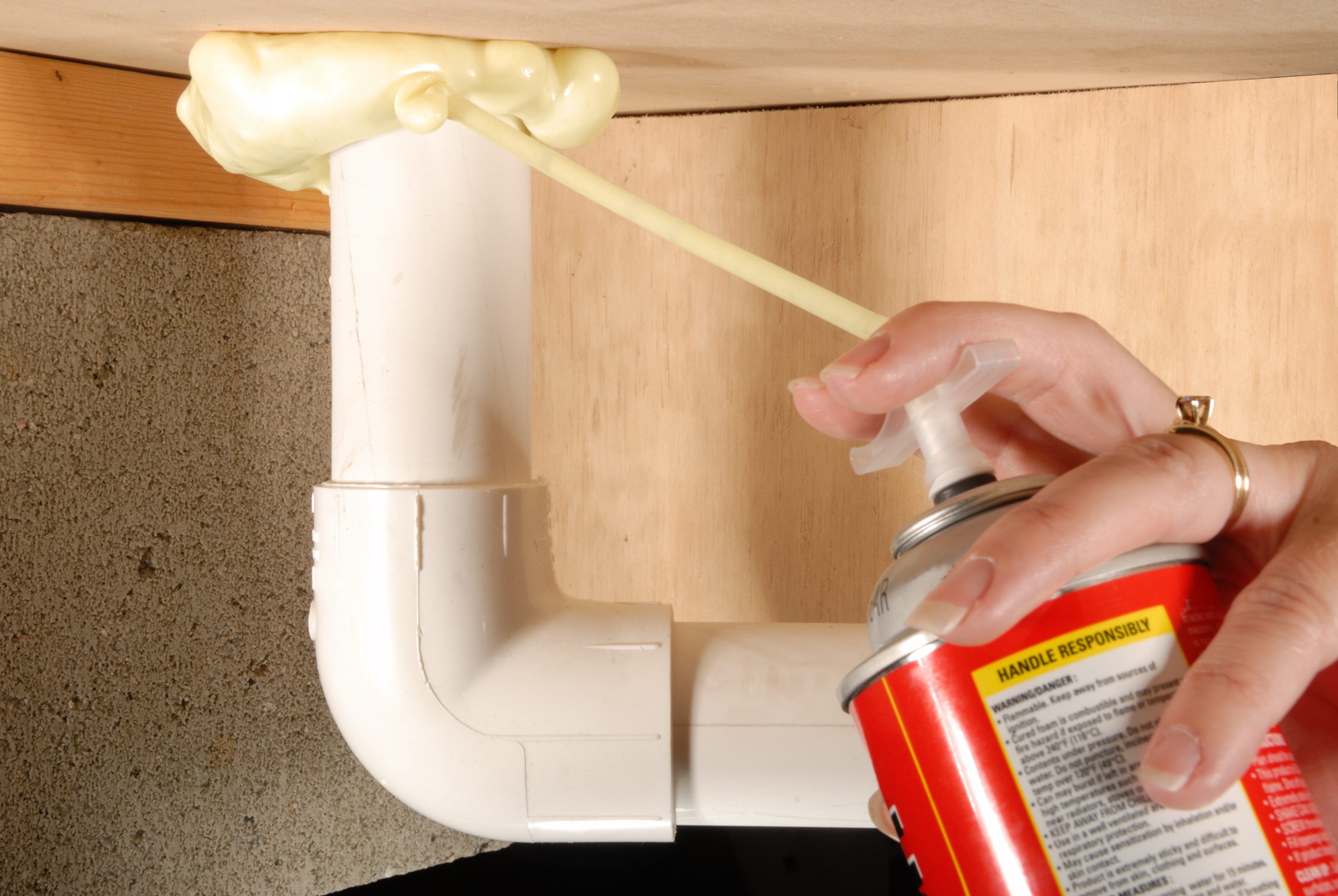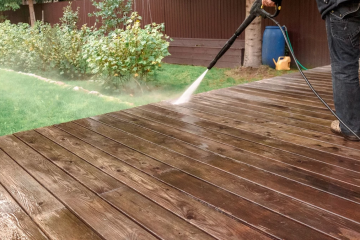Composite Door Expanding Foam Removal
Composite doors are a popular choice for their durability, aesthetic appeal, and low maintenance requirements. However, when expanding foam inadvertently gets onto these doors, it can be a challenge to remove without causing damage.
In this complete guide, we will walk you through the step-by-step process of effectively removing expanding foam from composite doors, ensuring your door remains in pristine condition.
Understanding the Composition of Composite Doors
Composite doors are crafted from a combination of materials, including wood, PVC, and insulating foam, which are bonded together under high pressure.
This blend of materials gives composite doors their strength and resilience. However, the surface finish can be sensitive to harsh chemicals and abrasive methods, making it essential to approach cleaning with care.
Tools and Materials Needed
Before starting the cleaning process, gather the following tools and materials:
- Safety gloves
- Protective eyewear
- Plastic scraper or putty knife
- Acetone or nail polish remover (with acetone)
- Soft cloths
- Warm, soapy water
- Non-abrasive sponge
- Isopropyl alcohol (optional)
- Sandpaper (fine grit, optional)
Initial Precautions and Safety Measures
When working with expanding foam and acetone, it’s important to take safety precautions:
Ventilation: Ensure the area is well-ventilated to avoid inhaling fumes.
Protective Gear: Wear safety gloves and protective eyewear to protect your skin and eyes from chemicals.
Test a Small Area: Before applying any cleaning solution, test it on a small, inconspicuous area of the door to ensure it does not damage the finish.
Step-by-Step Removal Process
1. Allow the Foam to Cure
It’s easier to remove expanding foam once it has fully cured. Fresh foam is sticky and can spread, complicating the removal process. Typically, expanding foam takes about 8 hours to cure completely, but it’s best to wait 24 hours for optimal results.
2. Gently Scrape Off Excess Foam
Once the foam is cured, use a plastic scraper or putty knife to carefully scrape off the excess foam. Hold the scraper at a slight angle to avoid gouging the door’s surface. Work slowly and methodically to remove as much foam as possible without applying too much pressure.
3. Apply Acetone to the Residual Foam
Dampen a soft cloth with acetone or nail polish remover containing acetone. Gently dab the residual foam with the cloth, allowing the acetone to soften the foam.
Do not pour acetone directly onto the door, as it can damage the finish. Acetone works by breaking down the foam’s structure, making it easier to wipe away.
4. Wipe Away the Softened Foam
After the foam has softened, use the cloth to gently wipe it away. For stubborn spots, you may need to repeat the process several times. Be patient and avoid scrubbing too hard, which can damage the door’s surface.
5. Clean the Area with Soapy Water
Once the foam has been removed, clean the affected area with warm, soapy water. Use a non-abrasive sponge to gently wash away any remaining residue. This step helps to remove any acetone that may be left on the surface.
6. Rinse and Dry
Rinse the area with clean water and dry it thoroughly with a soft cloth. Ensure there is no moisture left on the door, as lingering dampness can affect the door’s finish and integrity.
Optional Steps for Stubborn Foam Residue
Using Isopropyl Alcohol
If there are still traces of foam residue, dampen a cloth with isopropyl alcohol and gently rub the affected area. Isopropyl alcohol can help break down any remaining foam particles without harming the door’s finish.
Light Sanding
For extremely stubborn foam that has penetrated the surface, you may consider using fine-grit sandpaper. Gently sand the area in a circular motion, being careful not to over-sand and damage the door. This step should be a last resort and done with caution.
Preventive Measures for Future Incidents
To avoid future issues with expanding foam on composite doors:
Masking Tape: Use masking tape to cover the door and surrounding areas before applying expanding foam nearby.
Controlled Application: Apply expanding foam carefully, using a controlled amount to prevent over-expansion and unwanted spreading.
Immediate Wipe: If foam gets on the door, wipe it off immediately with a damp cloth before it cures.
Removing Expanding Foam in Composite Doors
Removing expanding foam from composite doors requires patience and the right approach to avoid damaging the door’s finish.
If you follow the steps outlined above and use the appropriate tools and materials, you can effectively clean your composite door and restore its original appearance.
Always prioritise safety and test cleaning solutions on a small area before proceeding. With careful attention and methodical work, your composite door will look as good as new.



